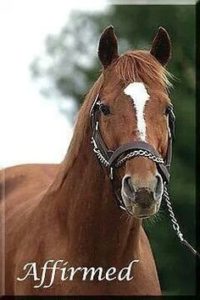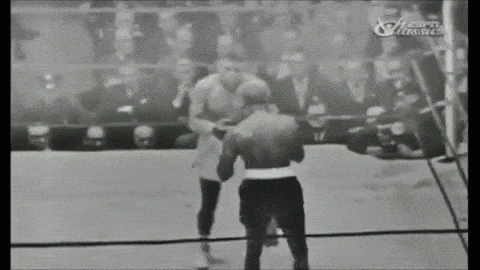 Shambaugh & Son, LP v. Steadfast Ins. Co. presents a dispute about personal jurisdiction in an insurance-coverage case. The Fifth Circuit began by identifying the arguments properly before it, noting the distinction between waiver and forfeiture:
Shambaugh & Son, LP v. Steadfast Ins. Co. presents a dispute about personal jurisdiction in an insurance-coverage case. The Fifth Circuit began by identifying the arguments properly before it, noting the distinction between waiver and forfeiture:
“The terms waiver and forfeiture—though often used interchangeably by jurists and litigants—are not synonymous.” “Whereas forfeiture is the failure to make the timely assertion of a right, waiver is the ‘intentional relinquishment or abandonment of a known right.’”
Applying those standards, the Court observed, inter alia:
- “… if complaint allegations alone prevented subsequent forfeiture, then
it is difficult to imagine when any claim or argument could ever be forfeited”; - “… if including a claim in a complaint fails to preserve that claim … then a fortiori attaching an exhibit to a pleading does not insulate arguments derived from that exhibit“;
- A statement about choice of law did not avoid forfeiture when that “statement is nested within a broader discussion about forum shopping”;
- An argument about a specific statute was forfeited, and was not saved by a broader discussion about minimum contacts, when the lower-court briefing did not cite that statute and the statutory argument “is narrower and conceptually distinct from [appellant’s] other minimum contacts arguments.”
No. 23-50004 (Jan. 18, 2024).



